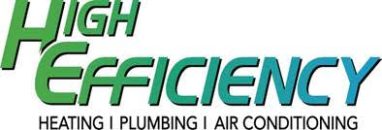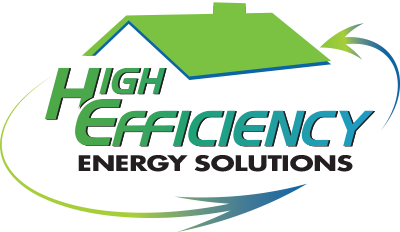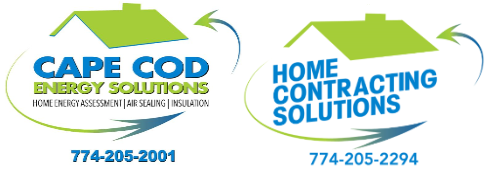There are many reasons why your water pressure may be giving you issues, ranging from issues with the city’s municipal water system to a partially shut valve. Identifying these issues can guide you toward fixing the problem before they grow into a much larger and more costly issue.
Are you a home or property owner who has been struggling with water pressure issues and want to know the best way to fix these? Are you unsure what to look for when looking for the source of these issues?
Keep reading to learn all the ways water pressure issues can occur on your property and the best way to fix them.
Common Water Pressure Issues And How To Fix Them
There is a long list of water pressure issues that can appear in a plumbing system, often appearing as a decrease in water release when using different plumbing fixtures. With water pressure issues, you run the risk of your dishwasher or laundry machines not being adequately cleaned.
Here is a list of some of the common water pressure issues:
1. Municipal Water System Issues
When first discovering a water pressure issue, it can be helpful to talk to your neighbors and see if they have been dealing with a similar issue. If they have, it’s likely the city’s issue and has to do with the municipal water system.
How to fix: If you’ve determined the cause of your water pressure issues is the city water, contact your water supplier and them know of your predicament.
2. Well Water System Issues
While some homes and buildings rely on city water, others may rely on well water systems. This is more common in rural areas. These water systems can age and deteriorate over time, affecting the performance of your water pressure.
How to fix: For well water issues, it’s best to consult a professional. They have the tools and the knowledge suited for the task of working with well water systems.
3. Debris and Blockages in Pipes
Debris, rust, and mineral deposits can accumulate on the insides of pipes over time, causing blockages and affecting the amount of water being released through the pipes. Keeping your pipes clear is an essential part of maintaining good water pressure.
How to fix: Make sure to take care of any blockages in your pipes immediately, so the problems don’t snowball into larger blockages that require replacing pipes. For help unclogging pipes, your best option is to call a plumber.
4. Corroding Pipes
Water system pipes can corrode over time due to their metal properties, the water’s properties, and a number of other factors. When pipes corrode, they will develop holes in the pipe’s walls until eventually, they fail completely.
This is a very gradual process that happens over years, and it’s likely if this is the cause of your water pressure issue you would not notice an immediate drop in water pressure.
How to fix: corroded pipes have no other solution than to be replaced. Contact a trusted plumber and have them aid you in replacing your pipes.
5. Failing Pressure Regulator
A pressure regulator is an important control valve that reduces the pressure in your plumbing to a safe level that does not cause damage to the pipes. When a pressure regulator is failing, water pressure can decrease drastically or even increase.
Not every home or building has a pressure regulator, so make sure to check your plumbing system to see if you do.
How to fix: Determining if your pressure regulator is failing can be done by performing a water pressure test. Attach a water pressure gauge to an outdoor water hose spigot closest to the water main and see what the reading says.
The generally recommended water pressure for a home is 75 psi (pounds per square inch), but this also depends on where you live. If your water pressure is below or above this, replace your failing pressure regulators with the help of a trusted plumber.
6. Faulty Plumbing Fixtures
Sometimes it’s not your pipes that are causing water pressure issues, but rather the plumbing fixtures themselves. Aerators are an integral part of plumbing fixtures, designed to reduce the volume of water coming out of a faucet. They do this without altering the pressure.
Sometimes, aerators can become dirty with debris, limestone build-up, or even rust. When this happens, it can cause issues with water pressure.
The fix: Take off the aerators on your low-pressure faucets and examine them closely to see if they need a cleaning. Once cleaned, replace the aerator on the faucet and try the water again to see if the pressure has improved.
7. Time of Use
Choosing to shower during peak times of the day like early morning or later at night can cause a dip in water pressure, due to the number of your neighbors likely doing the same thing. This can happen with shared pipelines with the amount of water being expelled at once.
How to fix: keep an eye on your water pressure during peak shower times. If it’s affected, consider changing your shower schedule to accommodate.
8. Partially Shut Valve
A common issue with water pressure stems from the water valves in your home being partially shut off, reducing water flow into your property. Water valves should be completely open to best allow water pressure to flow at a steady rate.
How to fix: locate all the water valves in your home, and check to make sure they are operating properly and fully open. Make sure there are no signs of leaks.
Conclusion
Watching out for these common water pressure issues can help prevent any major damage to your home or property’s plumbing system. Taking care of your plumbing is the best way to prevent water pressure issues from forming.



